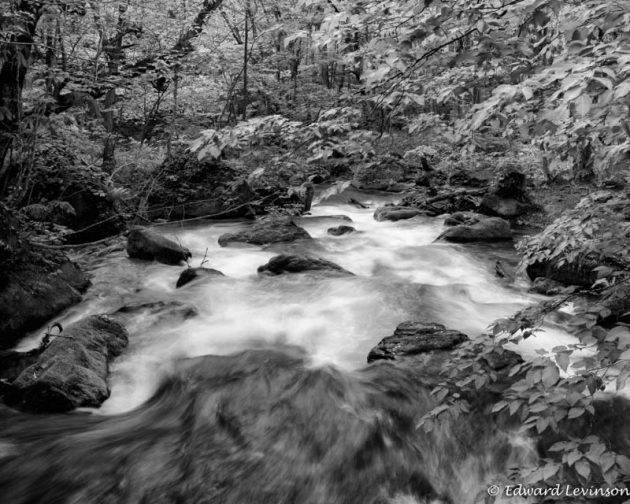
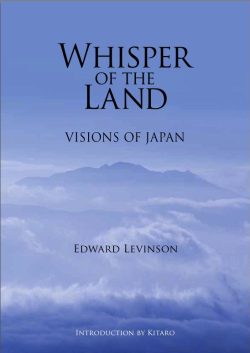
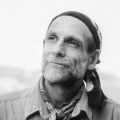
Edward Levinson is a photographer and writer and has lived in Japan since 1979. His autobiography, Whisper of the Land—Visions of Japan, was published by Fine Line Press in November, 2014. www.edophoto.com
[F]arming and gardening are not really pure natural jobs either but creating food to feed the planet is a noble cause, as is creating beautiful gardens to feed the eyes and soul. Photography itself may not be natural (one reason that I idealistically gave it up for ten years), but it is a logical extension of our natural human abilities to see and feel. Photos of red tomatoes or a red sunset can nourish people, too.
Rice paddies, which are man-made, and other cultivated fields, orchards, and woodlands in the foothills play an intricate part in what Japanese call the satoyama environment, man working together with nature. Fukuoka-san seemed to prefer leaving it to nature to guide the farmer, rather than the farmer shaping nature to suit human needs. To say which is right is a tough call. Like others influenced by his philosophy, I often try to combine the methods of Natural Farming with other kinds of more traditional organic farming and gardening, thereby taking a middle-way hybrid approach.
Obviously, not everyone is suited to be a farmer or gardener, but every person is an organic being in need of tending. Spiritual gardening or the cultivation of self, to me simply means finding an organic style for living that suits the surrounding environment and one’s inner world. The method of cultivation is less important than the resulting growth and harvest. This is like photography, where the camera you use is less important than the resulting photos.
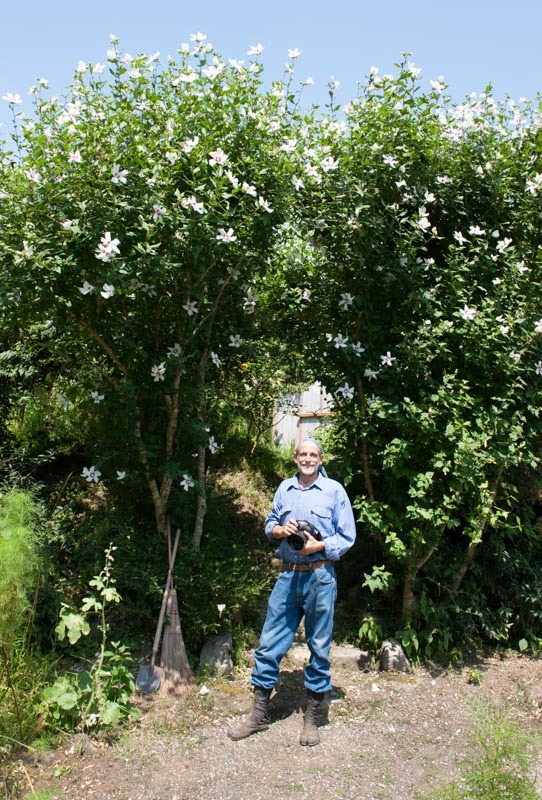
When gardening, as with taking photos, I sometimes ask myself, is the force behind what I am doing girt or ninjo? Do I do it because I have to or because I want to? Weeds need to be pulled right now. They won’t wait until I am in the right meditative mood to work. Nor will the perfect blooms or seasonal landscapes wait forever for my camera. Timing and weather play an important part, too. Do it now or it will be too late. Admittedly, nature sometimes grants me some grace by keeping things looking good until I can get there to take a photo or drop some seeds on the ground.
Extending this to the larger world, we all have to eat and some must take responsibility for growing food for the planet. I like to think those real farmers enjoy what they do, though slave-like labor and feudal-style share cropping still exist in many places.
Tending my vegetable and flower beds, planting and growing trees, maintaining paths and water supplies, taking photos and working in the darkroom, and banging away on the computer — in these activities I experience both duty and spontaneity, giri and ninjo, but the mood and nuance is a little different from their traditional Japanese meanings. The Japanese expressions muri sum (pushing yourself too hard) versus yorokonde yam (doing it with joy) seem closer to the English “have to” versus “want to.” If I really want to do something, I will push myself to do it. The secret and the trick is keeping the joy in it.
Sometimes a voice in my head reminds me: “Let the photo-taking sessions be a ballet instead of a military-style attack or a grueling marathon. In the garden, drink the sun, sweep with the wind, sing like a bird, and dance with a shovel and a rake.” How hard could that be?
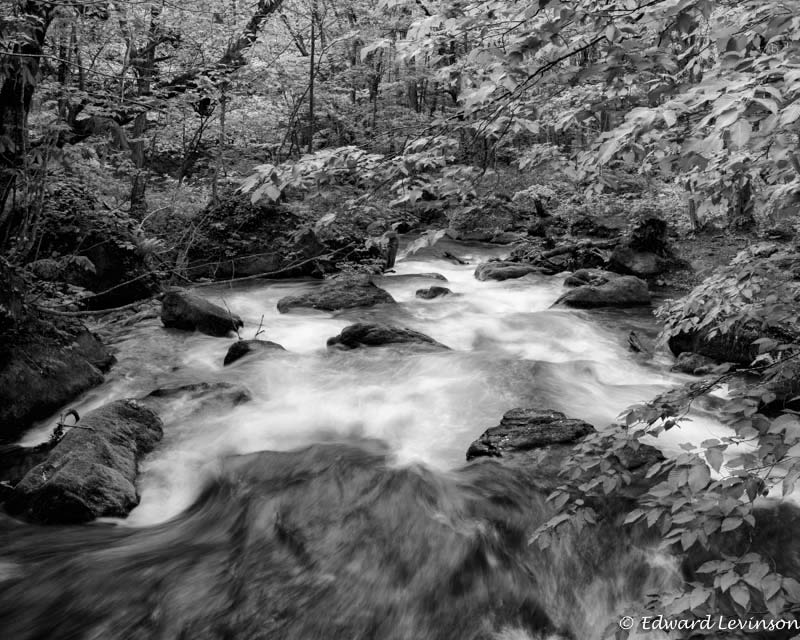
Tuning myself to my surroundings is still an important practice for me. Technology, trying its best to connect us in a feeling of oneness, has created a strange version of “be here now.” I can send real flowers to my Mom over the Internet and upload my good thoughts and art for all to see. The world instantly knows the bad news as well: thousands die or become homeless from a cyclone or an earthquake; others don’t have anything to eat or a roof over their heads due to wars or financial holocaust. It makes the well-known saying “don’t worry, be happy” sound like a joke. What can one person do?
A teacher once told me, “If you have enough love, you don’t need to meditate.” She claimed that healing by presence alone was one of the highest forms of helping others. Cultivating a presence is an art form, the same as building a business, making a garden, pursuing a favorite hobby, or engaging in meaningful volunteer activity.
When I had to buy a lot of new computer and camera equipment I asked myself if this was a metaphor for updating and cultivating myself as well. Can I use these as tools for positive, creative and helpful energy? Can they connect me to the universe and facilitate be-here-now consciousness? How much difference does it make if I experience life in analogue or in digital form, in real activities, a dream, or a spiritual encounter? It’s the presence embedded in the content that’s important, right?
“What goes around comes around,” the proverb says.
“Spend, create, give and receive. Here, there and now,” is my modern version. Sounds like a good mantra for the New Year, or any day. The spending doesn’t have to be money. Spending energy, effort, and actions keeps the rivers of life flowing. As the queen of cultivated charisma Marilyn Monroe once said, “I am not interested in money. I just want to be wonderful.”
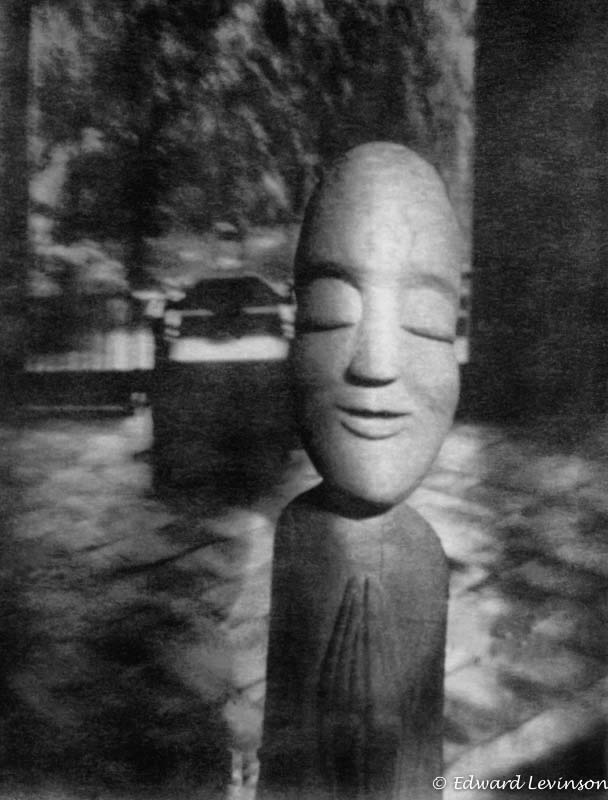

Advertise in Kyoto Journal! See our print, digital and online advertising rates.
Recipient of the Commissioner’s Award of the Japanese Cultural Affairs Agency 2013